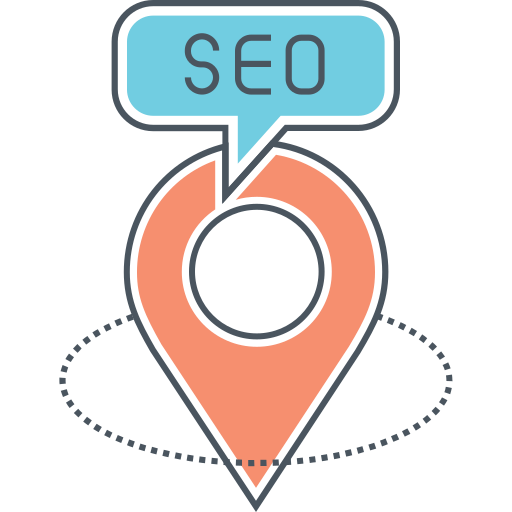Programmatic Advertising Guide: Definition, Types, & More
Programmatic advertising has revolutionized the way digital advertising works. It has transformed the traditional ad buying process by automating it and making it more efficient. In this guide, we will explore what programmatic advertising is, its different types, and its pros and cons.
What is Programmatic Advertising?
Programmatic advertising refers to the use of software and algorithms to automate the buying and selling of digital ads in real-time. It involves the use of data and technology to target specific audiences and deliver personalized ads.
Unlike traditional ad buying, where advertisers negotiate with publishers to buy ad space, programmatic advertising uses real-time bidding (RTB) to determine the price of ad inventory. Advertisers bid for ad impressions, and the highest bidder gets their ad displayed to the targeted audience.
Types of Programmatic Advertising
There are several types of programmatic advertising that advertisers can leverage to reach their target audience effectively:
Real-Time Bidding (RTB)
Real-time bidding is the most common type of programmatic advertising. It involves advertisers bidding for ad impressions in real-time auctions. Advertisers set a maximum bid price, and if their bid wins, their ad is displayed to the targeted audience. RTB allows advertisers to reach their audience at the right time and place, maximizing the effectiveness of their campaigns.
Private Marketplace (PMP)
A private marketplace is an invite-only auction where premium publishers offer their ad inventory to a select group of advertisers. PMPs provide advertisers with access to high-quality inventory and allow them to negotiate better deals. Advertisers can target specific audiences and have more control over where their ads are displayed.
Programmatic Direct
Programmatic direct is a type of programmatic advertising where advertisers buy ad inventory directly from publishers. It eliminates the need for auctions and allows advertisers to secure guaranteed ad placements. Programmatic direct is beneficial for advertisers who want more control over their ad placements and have specific requirements for their campaigns.
Pros of Programmatic Advertising
Programmatic advertising offers several advantages for advertisers:
Efficiency
Programmatic advertising automates the ad buying process, saving advertisers time and effort. It eliminates the need for manual negotiations and streamlines the entire process. Advertisers can reach their target audience more efficiently and optimize their campaigns in real-time.
Targeting Capabilities
Programmatic advertising allows advertisers to target specific audiences based on demographics, interests, and behavior. Advertisers can leverage data to deliver personalized ads to the right people at the right time. This targeting capability increases the effectiveness of campaigns and improves ROI.
Real-Time Optimization
With programmatic advertising, advertisers can optimize their campaigns in real-time. They can monitor the performance of their ads and make adjustments to improve results. Advertisers can analyze data and insights to refine their targeting strategies and creative elements, ensuring maximum impact.
Cons of Programmatic Advertising
While programmatic advertising offers numerous benefits, there are also some challenges that advertisers should be aware of:
Fraud and Brand Safety
Programmatic advertising is susceptible to ad fraud, where fake impressions or clicks are generated to inflate ad performance. Advertisers need to implement measures to combat fraud and ensure brand safety. They should work with trusted partners and use fraud detection tools to minimize the risk.
Data Privacy Concerns
Programmatic advertising relies heavily on data to deliver personalized ads. However, this raises concerns about data privacy. Advertisers need to comply with privacy regulations and ensure that user data is handled securely. Transparency and consent are crucial in maintaining trust with consumers.
Complexity
Programmatic advertising can be complex, especially for advertisers who are new to the concept. It requires a deep understanding of the technology, data analysis, and optimization strategies. Advertisers may need to invest in training or work with experts to fully leverage the potential of programmatic advertising.
Conclusion
Programmatic advertising has revolutionized the digital advertising landscape. It offers efficiency, targeting capabilities, and real-time optimization for advertisers. However, it also comes with challenges such as fraud and data privacy concerns. By understanding the different types of programmatic advertising and its pros and cons, advertisers can make informed decisions and harness the power of programmatic advertising to drive successful campaigns.

![25 Best AI Social Media Tools to Try in 2024 [Tested Manually]](https://static.semrush.com/blog/uploads/media/d3/fa/d3fa26ef671a81b194bb3a41e73beee4/2c7e96d0d6ae1b7d2f993bdabf9b179b/25-best-ai-social-media-tools-to-try-in-2024.svg)

![The 10 Best AI Writing Tools to Try in 2024 [Tested Manually]](https://static.semrush.com/blog/uploads/media/3a/5e/3a5e0f6ec47a1d4e3495cf6c7a6194d5/8aee055881d17f9c5a0e1ed29dc749fb/the-10-best-ai-writing-tools-to-try-in-2024.svg)
.svg)
